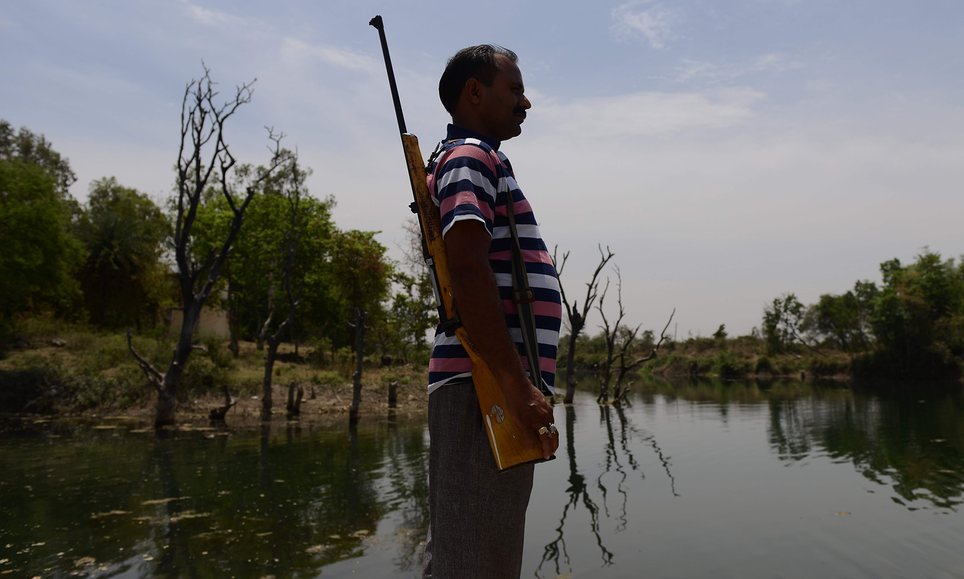Though droughts emerge gradually—with rains often appearing past schedule and sparingly—they last for years and imperceptibly wreak havoc on once prospering lands. They destroy the livelihood of residents and devastate the local economy.
While Iran at large has been grappling with perpetual drought for 14 years, the drought-stricken province of South Khorasan has been dealing with the phenomenon for the past 17 years.
Located in eastern Iran, South Khorasan’s dry climate and desert terrain make farming difficult, yet 35% of the population rely on agriculture to make a living. Needless to say, drought has taken a heavy toll on farmers, leaving in its trail nothing but barren landscapes.
Desiccated Qanats
Recurrent droughts have led to the desiccation of 15% of aqueducts and reduction of water levels in 30% of South Khorasan’s qanats, according to a report by Mehr News Agency.
Gradual loss of water resources has prompted people to take drastic measures, such as digging illegal wells and withdrawing excess water from groundwater resources, which only exacerbate the problem.
Despite modest rainfall in spring, latest studies suggest that the province is struggling with drought: 37% of South Khorasan are facing moderate drought, while 50% are dealing with severe drought and 3% grappling with extreme drought.
Even though South Khorasan has an extensive water supply network, inhabitants of more than 400 villages rely on mobile water tanks for drinking water, which reportedly visit each village once a week.
“If they’re late, only God knows what will happen to us,” said Mohammad Alipour, a resident of Sarbisheh County. “The situation is so dire that farmlands and pastures are even devoid of weed. Animal husbandry in the province is dying.”
Bleak Fate of the Displaced
Dwindling water resources and dried farmlands leave the residents of rural areas with no choice but to migrate to cities in search of menial jobs to provide for their families.
Mostly unskilled and illiterate, survival in the city will prove to be a difficult task for farmers and shepherds unfamiliar with the challenges of living as an urban underdog.
According to Hashem Valipour, head of South Khorasan’s Agriculture Jihad Organization, 50% of the province’s villages are deserted.
“Of the 3,563 villages, 1,680 are devoid of people,” he said.
Singling out water crisis and drought as the driving force behind the migrations, Valipour said the only way to reverse the trend is to develop sustainable farming practices.
Waves of mass migrations from South Khorasan will eventually empty the province, which borders Afghanistan to the east, leaving the province vulnerable and insecure.
Not a Passing Phenomenon
Dismissing claims that perpetual drought is a passing phenomenon, Valipour said, “When a natural phenomenon persists for 17 years and causes groundwater levels to drop 60 meters, it is a crisis.”
He referred to qanats as historical heritages and said efforts to preserve them must be doubled.
The official revealed that some qanats have been desiccated beyond restoration and said 3,400 billion rials ($103 million) are needed to restore qanats.
Iran is located in the world’s most water-stressed region. In spite of the looming water crisis caused by multiple factors, including past mismanagement of resources, population boom, outdated farming practices and high water consumption in metropolises, the severity of the problem has not yet dawned on the vast majority of Iranians.
Migrations are also taking place in other provinces, but South Khorasan could send the clarion call that Iranian officials need to take immediate and drastic measures to prevent similar crises from emerging elsewhere.
Unless the public and government bodies cooperate, and serious efforts are made, the entire country will have to deal with a disaster of national proportions.


